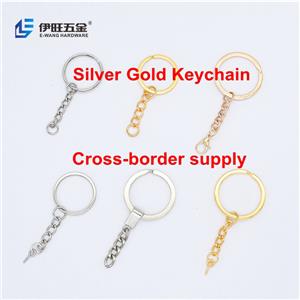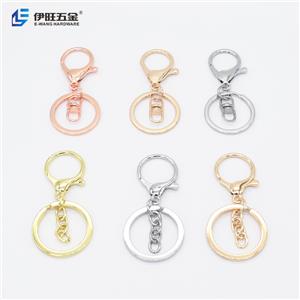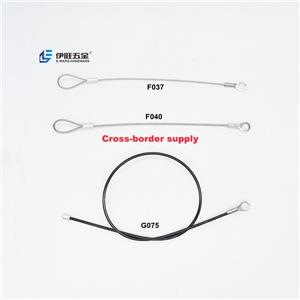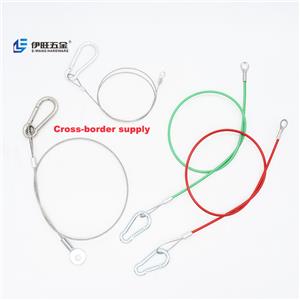If you choose the material of the book ring, iron or stainless steel?
Choosing the Material for a Book Ring: Iron vs. Stainless Steel
Book rings may seem like a small and inconsequential part of our daily lives, but they play a significant role in keeping our documents and papers organized. Whether you're using them for school projects, office presentations, or personal organization, the choice of material for book rings can make a noticeable difference in their durability and functionality. Two common materials for book rings are iron and stainless steel, each with its own set of advantages and disadvantages. In this essay, we will explore the characteristics of both materials to help you make an informed decision when choosing between iron and stainless steel book rings.
**Iron Book Rings:**
**1. Cost:** One of the primary advantages of iron book rings is their affordability. Iron is a widely available and inexpensive material, making iron book rings an attractive option for those on a budget. If you need a large quantity of book rings for a low cost, iron is the way to go.
**2. Strength:** Iron is known for its strength and durability. Iron book rings can withstand a significant amount of wear and tear without bending or breaking, making them suitable for heavy use. This is especially important in environments where documents need to be frequently rearranged or accessed.
**3. Weight:** Iron book rings are heavier compared to their stainless steel counterparts. While this may not be a concern for many users, it's worth considering if you plan to carry a substantial number of documents or if weight is a factor in your application.
**4. Rusting:** Iron is prone to rust when exposed to moisture or humidity. This can be a significant drawback, as rust can not only affect the appearance of the book rings but also make them less functional over time. If you live in a humid climate or plan to use the book rings in damp conditions, you might want to think twice about choosing iron.
**Stainless Steel Book Rings:**
**1. Corrosion Resistance:** Stainless steel is well-known for its resistance to corrosion and rust. This makes stainless steel book rings an excellent choice for environments where moisture or humidity is a concern. They will maintain their appearance and functionality even in adverse conditions.
**2. Durability:** Similar to iron, stainless steel book rings are highly durable and can withstand a lot of wear and tear. They are less likely to bend or deform over time, ensuring that your documents remain securely organized.
**3. Weight:** Stainless steel book rings are generally lighter than iron book rings of the same size. This can be an advantage if you're looking for a lightweight option, especially for projects where weight matters, such as presentations or portfolios.
**4. Cost:** The main drawback of stainless steel book rings is their higher cost compared to iron. Stainless steel is a premium material known for its durability and corrosion resistance, and this quality comes at a price. If you're on a tight budget, you may need to consider whether the added benefits of stainless steel justify the higher cost.
**Conclusion:**
In conclusion, the choice between iron and stainless steel book ringsdepends on your specific needs and budget. If you're looking for an affordable option that provides strength and durability but are not concerned about rust, iron book rings may be the way to go. On the other hand, if you prioritize corrosion resistance, especially in humid or moist environments, and can accommodate a higher cost, stainless steel book rings are a superior choice.
Ultimately, both materials serve their purpose effectively, and the decision should be based on your individual requirements. Consider factors like your budget, the intended use of the book rings, and the environmental conditions they will be exposed to. Whichever material you choose, book rings are a simple yet invaluable tool for keeping your documents organized and accessible.




